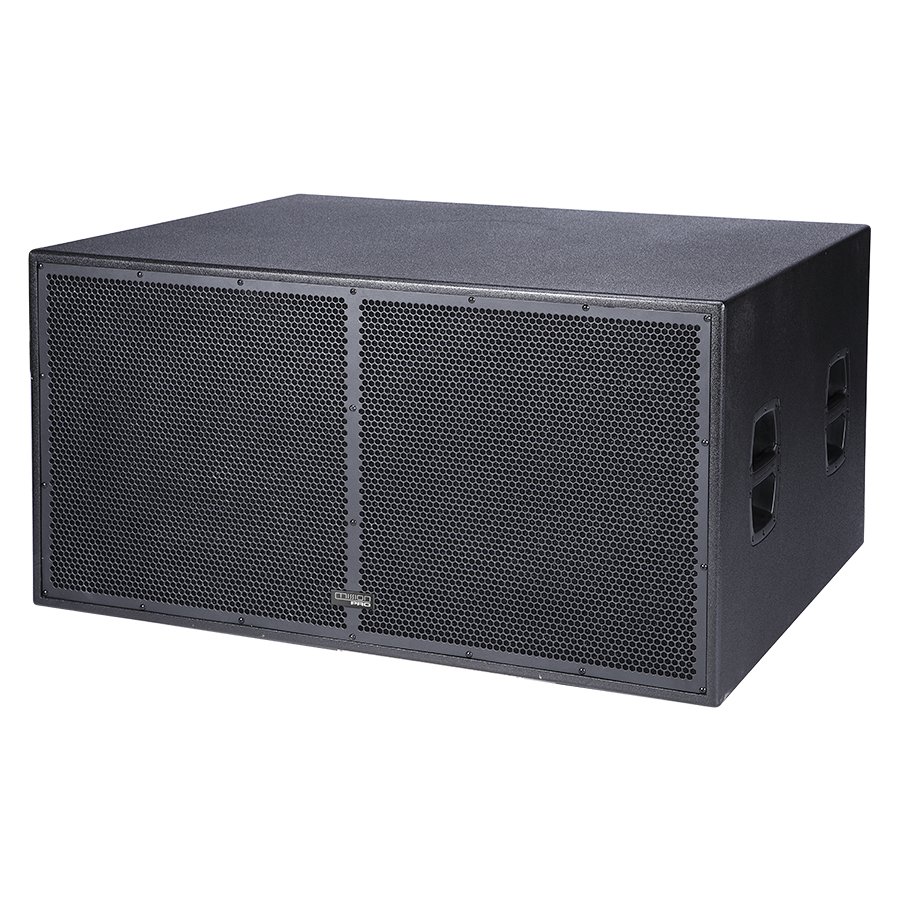更新時(shí)間:2021-06-10
文章來源:http://www.gulfbaader.com/
閱讀量:22
一、音色調(diào)校技巧
1�����、 Tone tuning skills
音色可謂是聲音的靈魂,對(duì)于音響系統(tǒng)的調(diào)校�,音色是關(guān)重要的環(huán)節(jié)。如果音色沒有調(diào)校到位�,不僅會(huì)讓演唱者的聲音變得單調(diào)乏味,還會(huì)導(dǎo)致樂器音�����、背景音產(chǎn)生失真��。
Timbre can be said to be the soul of sound, for the tuning of sound system, timbre is a crucial link. If the timbre is not adjusted in place, it will not only make the singer's voice monotonous, but also lead to the distortion of instrument sound and background sound.
對(duì)于音色的調(diào)校要注意區(qū)分男聲和女聲�����。男性的聲音普遍以中低音為主���,調(diào)校思路是對(duì)3000Hz左右的頻率分量進(jìn)行適當(dāng)?shù)靥嵘?�,能有用提升演唱的清晰度�����;女性的聲音多以中高音為主����,調(diào)校思路是對(duì)400Hz左右的頻率分量進(jìn)行適當(dāng)?shù)靥嵘WC聲音既洪亮又不會(huì)太過刺耳�����。
For the tone adjustment, we should pay attention to distinguish male voice and female voice. Male voice is generally dominated by middle and low tones, and the tuning idea is to appropriately improve the frequency component of about 3000hz, which can effectively improve the clarity of singing; Women's voices are mainly mid and high pitched, and the tuning idea is to appropriately enhance the frequency component of about 400Hz, so as to ensure that the voice is both loud and not too harsh.
二���、混響時(shí)間調(diào)校技巧
2�����、 Technique of adjusting reverberation time
音響的混響時(shí)間��,決定了余音的長短���,對(duì)聲音的色彩和清晰度有直接的影響。
The reverberation time of the sound determines the length of the aftertone and has a direct impact on the color and clarity of the sound.
常用的混響時(shí)間調(diào)校技巧是:男聲�,特別是男低音的混響時(shí)間應(yīng)該調(diào)的相對(duì)短一些,以此來提高聲音的清晰度�����;女聲��,特別是女高音的混響時(shí)間應(yīng)該調(diào)的相對(duì)長一些�,以增強(qiáng)聲音的色彩。
The common skills of reverberation time adjustment are: the reverberation time of male voice, especially bass, should be relatively short, so as to improve the clarity of the voice; The reverberation time of female voice, especially soprano, should be adjusted longer to enhance the color of voice.
演唱場所的不同�,混響時(shí)間的調(diào)校標(biāo)準(zhǔn)也不一樣。如果身處木制結(jié)構(gòu)這種本身就存在混響效果的環(huán)境中�,混響時(shí)間應(yīng)該調(diào)短,以免聲音模糊不清����;如果是玻璃結(jié)構(gòu)這種有吸聲效果的環(huán)境中,混響時(shí)間則應(yīng)該調(diào)長���,避免聲音干澀�。
The adjustment standard of reverberation time is different with different singing places. If you are in the environment of wooden structure which has reverberation effect, the reverberation time should be shortened to avoid blurring; If it is a glass structure with sound absorption effect, the reverberation time should be increased to avoid dry sound.
三�����、直達(dá)聲和混響聲處理技巧
3、 Direct and reverberation processing techniques
在音響系統(tǒng)中���,直達(dá)聲和混響聲之間存在著相互影響效果����,如果處理不合理�����,就容易出現(xiàn)“浴室效應(yīng)”——聲音像在浴室里的聲音�,含混不清。
In the sound system, there are mutual effects between direct sound and reverberation sound. If the treatment is not reasonable, it is easy to appear "bathroom effect" - the sound is like the sound in the bathroom, ambiguous.
常規(guī)的處理方法是��,直達(dá)聲分量和混響聲分量的比例為1:1�,這樣聲音不會(huì)產(chǎn)生失真現(xiàn)象,同時(shí)還能兼顧一定的混響效果�����。
The conventional processing method is that the ratio of the direct sound component and the reverberation component is 1:1, so that the sound will not produce distortion, but also give consideration to certain reverberation effect.
四�、話筒音量與伴奏音量處理技巧
4、 Microphone volume and accompaniment volume processing skills
話筒音量與伴奏音量該如何 平衡也是音響系統(tǒng)調(diào)校的重要環(huán)節(jié)���,直接影響了能否擁有良好的唱K體驗(yàn)����。
How to balance the microphone volume and accompaniment volume is also an important part of the sound system tuning, which directly affects whether you can have a good k-singing experience.
一般來說,二者的音量分配采用4:6的方式����,即伴奏音樂占40%�,話筒聲音占60%。
Generally speaking, the volume distribution of the two is 4:6, that is, 40% of the accompaniment music and 60% of the microphone sound.
如果演唱者唱得不錯(cuò)����,音色也好,可以適當(dāng)減小伴奏音量�����;如果演唱者容易唱走調(diào)�����、找不到拍子�,則可以通過增 大伴奏音量的方式進(jìn)行掩飾。
If the singer sings well and the timbre is good, the accompaniment volume can be reduced appropriately; If the singer is easy to sing out of tune and can't find the beat, he can cover it up by increasing the accompaniment volume.


 魯公網(wǎng)安備 37010202002516號(hào)
魯公網(wǎng)安備 37010202002516號(hào)